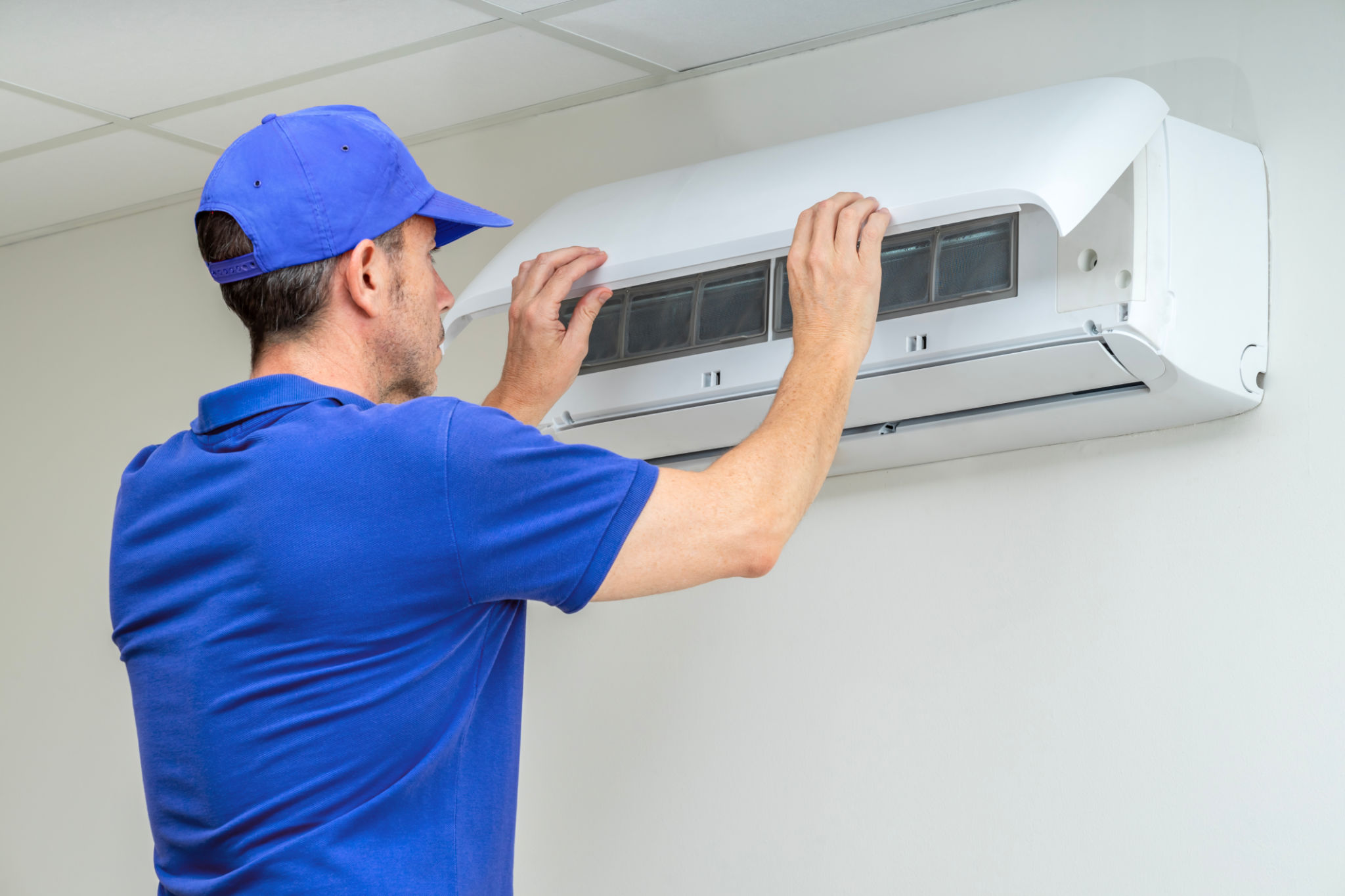Expert Tips on Preventing Mold Growth in Your Home
Understanding Mold and Its Causes
Mold is a type of fungus that thrives in damp, humid environments. It can grow on a variety of surfaces, including walls, ceilings, and furniture. Beyond being unsightly, mold can pose serious health risks, particularly for individuals with allergies or respiratory issues. Understanding the causes of mold growth is the first step in preventing it.
Mold needs two main things to grow: moisture and a food source. Common sources of moisture in homes include leaks, high humidity levels, and condensation. Organic materials like wood, paper, and drywall provide mold with the nutrients it needs to thrive. By controlling these factors, you can significantly reduce the risk of mold growth in your home.

Control Moisture Levels
Fix Leaks Promptly
One of the most effective ways to prevent mold is to address leaks as soon as they occur. Whether it's a dripping faucet or a leaking roof, even small amounts of water can lead to mold growth if left unchecked. Regularly inspect your home for signs of leaks and repair them immediately to prevent moisture buildup.
Use Dehumidifiers
In areas of your home that naturally have higher humidity levels, such as basements and bathrooms, using a dehumidifier can help. Dehumidifiers work by removing excess moisture from the air, making it more difficult for mold to grow. Be sure to set your dehumidifier to maintain relative humidity below 60%.
Improve Ventilation
Ventilate High-Moisture Areas
Proper ventilation is key to preventing mold. Ensure that areas like bathrooms and kitchens have adequate ventilation. Use exhaust fans during and after activities that produce moisture, such as showering or cooking, to help reduce humidity levels.

Open Windows Regularly
When weather permits, open windows to allow fresh air to circulate throughout your home. This can help reduce indoor humidity levels and improve air quality, making it less likely for mold to find suitable conditions to grow.
Regular Maintenance and Cleaning
Inspect Your Home
Regular inspections of your home can help you catch potential mold problems before they become severe. Check areas prone to moisture, such as basements, attics, and crawl spaces, for signs of mold or water damage. Address any issues promptly to prevent mold from spreading.
Maintain Cleanliness
Keeping your home clean is another important step in preventing mold. Regularly clean surfaces that may accumulate dust and organic material, such as shelves and window sills. Additionally, vacuum carpets and upholstery frequently to remove any potential food sources for mold spores.

By following these expert tips and maintaining a vigilant approach to moisture control and cleanliness, you can effectively prevent mold growth in your home. Not only will this help safeguard your property from damage, but it will also contribute to a healthier living environment for you and your family.